While visiting the Colby College Museum of Art’s new Alfond Lunder Family Pavilion in Waterville, I found myself repeatedly comparing Lunder Collection works to pieces at Tom Veilleux Gallery.
Veilleux is a private dealer specializing in American works aligned with the Modernist and Aesthetic movement-era works — the very heart of Colby’s Lunder Collection.
Veilleux is geared toward big-ticket art for serious collectors rather than window-shoppers, but his relatively recent move to 6 City Center in downtown Portland makes his space accessible to the public.
While gallery-sized and scaled, the works at Veilleux compare favorably to the American holdings of regional museums such as the Portland Museum of Art. For example, viewers may recognize Robert Laurent’s circa 1920 carved mahogany “Bather” from its years at the PMA.
From a museum standard, Veilleux’s works come across as particularly strong. His “Tulips & Freesia” is one of my favorite paintings by important American artist William Glackens (1870-1938). It has the overstuffed lushness of a mature Renoir without the affect. Whereas both artists often deliver too much flicker and not enough force, the relationship of the carpet-like fabric draped over the table to the plum vase upon it is a tour de force.
Along with a charming tempera on incised panel by Charles Prendergast (1863-1948), this pair brings to mind the comparison works at Bowdoin College’s major Maurice Prendergast exhibition. While the works by Glackens and Prendergast’s brother at Bowdoin are major, complex works, their pieces at Veilleux, while simpler, are both more fully resolved and appealing.
While connoisseurship has now become something of a bad word within the contemporary art world, it’s a mistake to be intimidated from looking at art within its own community standards. We certainly don’t have to uphold outdated ethics, but craftsmanship, skill, finish, artistic effort and other such qualities dedicated to treating the viewer with respect have been resurging.
Because of this, these works are now more likely to resonate with the average art viewer — especially if you have visited Colby’s museum recently (or plan to).
While Veilleux’s walls are covered with big names such as Gaston Lachaise, John Singer Sargent, Andrew Wyeth, Maxfield Parrish, Rockwell Kent and so on, among these great artists, it’s easier to appreciate great works. You are unlikely to have heard of Jane Peterson, for example, but her circa 1925 “Dogwood Blossoms” could make you a fan. You don’t have to be an expert to see this is a virtuoso performance: The blossoms explode as brush strokes to electrify the surface of what is a beautifully structured and crafted painting.
Similarly, two charcoal drawings by Lillian Westcott Hale (1881-1963) cannot be ignored. While the 1907 portrait of a woman draped in striped cloth is more impressive, I prefer the Aesthetic-movement softness and mystery of the 1916 portrait of Agnes Dogget. Turned slightly away, she stands as though reading a letter, which subtly prompts you to wait quietly. And I could wait there for hours.
Veilleux also presents particularly strong works by artists we know well. While I always thought Marguerite Zorach’s greatest creation was her daughter — Dahlov Ipcar — and that her husband, William, was generally the much stronger artist of the couple, Marguerite’s 1913 “Bathers” makes the case that she could surpass anyone in the family. Before a cascading waterfall, four orange-haired proto-deco nymphs rest and frolic within a cubist-inspired landscape. It’s a masterpiece.
Veilleux’s true specialty, however, is sculpture, and the two strongest presences in the gallery are Robert Laurent (1890-1970) and Elie Nadelman (1882-1946).
While Nadelman is the most recognizable of the pair, his role in American art has been undervalued. Born in Poland, Nadelman worked in Paris from 1904 until immigrating to America when World War I broke out. His work shows why Picasso and others were drawn to his studio.
Nadelman’s simplified and volumetric 1925 “Bust of a Woman” was included in the artist’s 2003 retrospective at the Whitney Museum of American Art. I prefer, however, his calm and strong marble “Idealized Head.”
Laurent’s direct-carved works reveal his brilliant engagement with sculpture in the round. His circa 1925 alabaster “A Basque” is a recumbent nude woman swirling to life through the luminous stone. The back arm dropped over the buttocks of his 8-inch pink marble “Female Form” shows how Laurent could use the reach of the body to achieve surprising and satisfying sculptural gestures.
Possibly the most interesting work in the gallery is Laurent’s carved wood “Abstract Form,” which looks like a cross between Rodin’s “Balzac” and a stylized O’Keefe floral. Veilleux rightly has this dated circa 1915, but the closer this piece is to 1913, the more important it is. (Oh, yes: Abstraction has just hit the century mark.)
Yet this is only a start. My favorite works include a pair of powerful, heart-wrenching gulls by Marsden Hartley, Arthur Rackham’s elegant “Queen Mab” for the original Peter Pan, Rockwell Kent’s stunningly original 1943 Christmas card for the Russian relief effort, and the eye-poppingly gorgeous 1942 “New Hampshire landscape” by Maxfield Parrish.
Tom Veilleux Gallery may not be large, but it is filled with great art. It’s likely the most important gallery in Maine that you have not visited… yet.
Freelance writer Daniel Kany is an art historian who lives in Cumberland. He can be contacted at:
dankany@gmail.com
Send questions/comments to the editors.

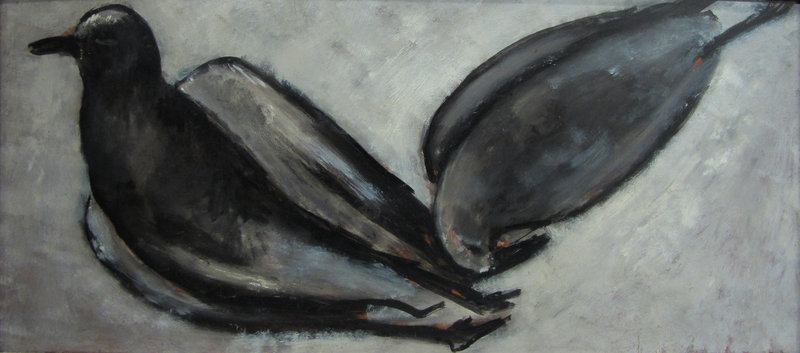
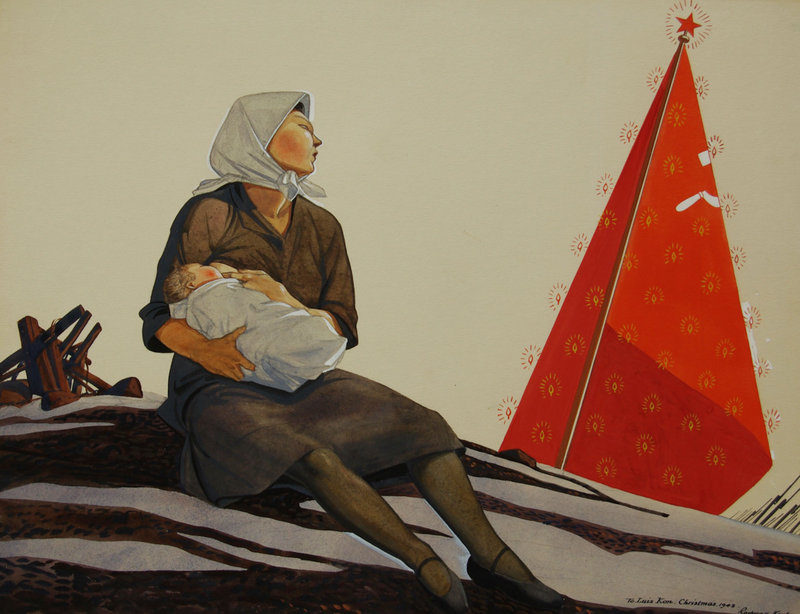
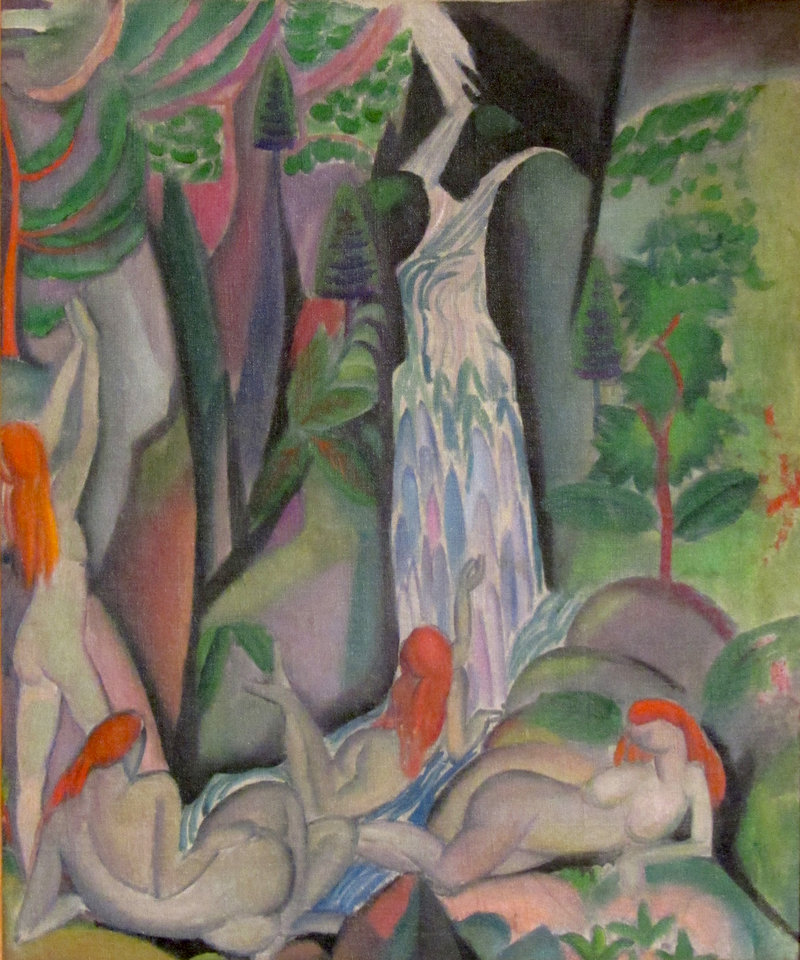
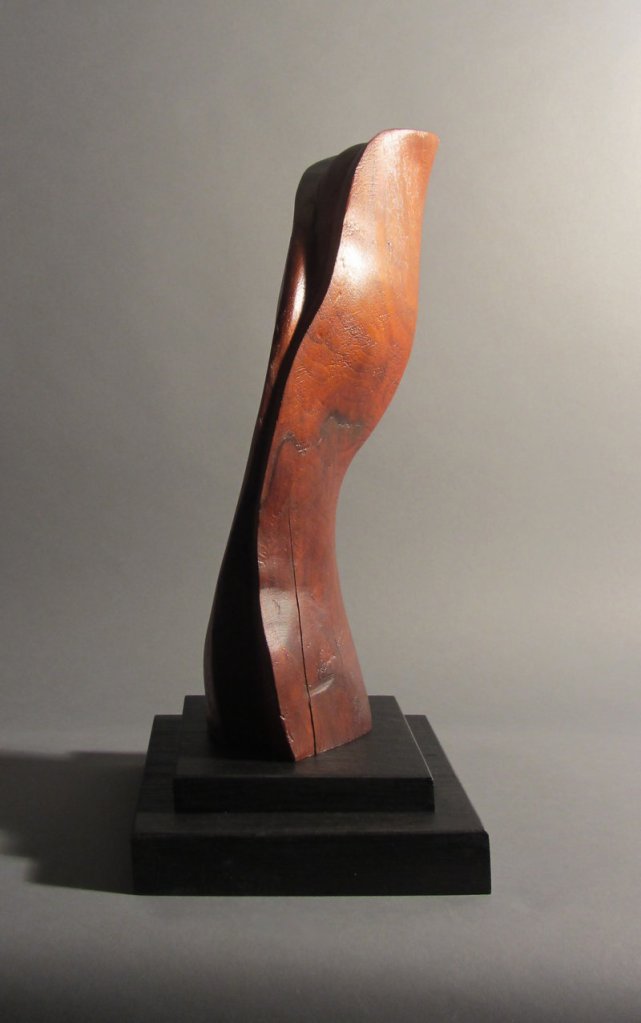
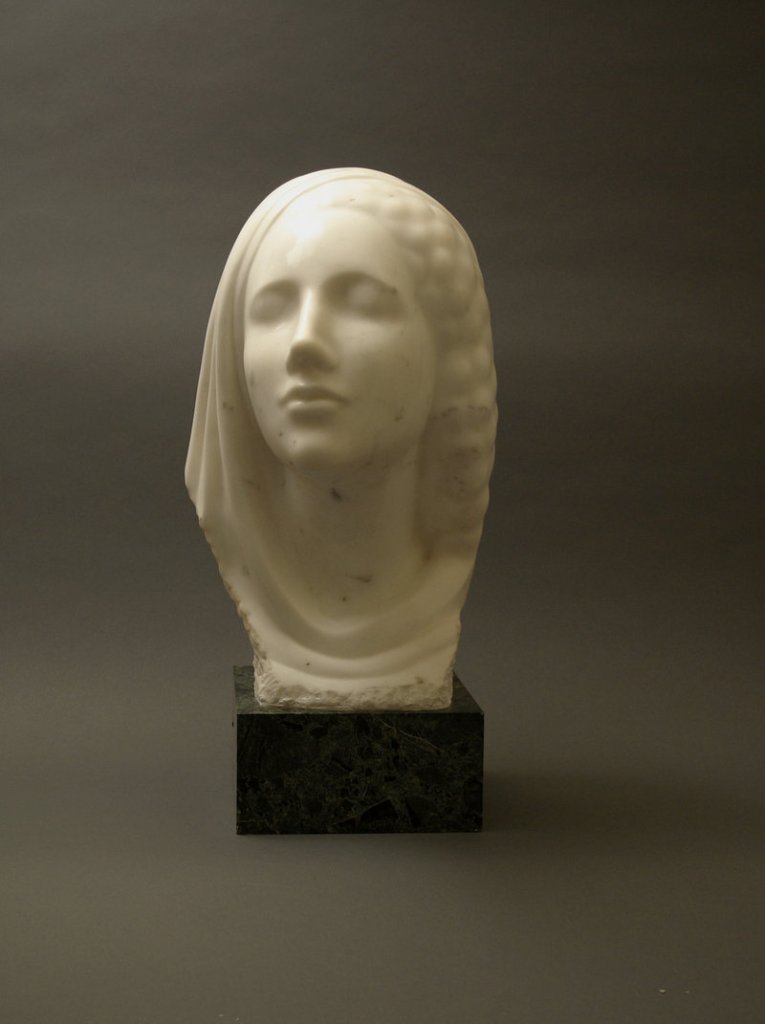

Success. Please wait for the page to reload. If the page does not reload within 5 seconds, please refresh the page.
Enter your email and password to access comments.
Hi, to comment on stories you must . This profile is in addition to your subscription and website login.
Already have a commenting profile? .
Invalid username/password.
Please check your email to confirm and complete your registration.
Only subscribers are eligible to post comments. Please subscribe or login first for digital access. Here’s why.
Use the form below to reset your password. When you've submitted your account email, we will send an email with a reset code.